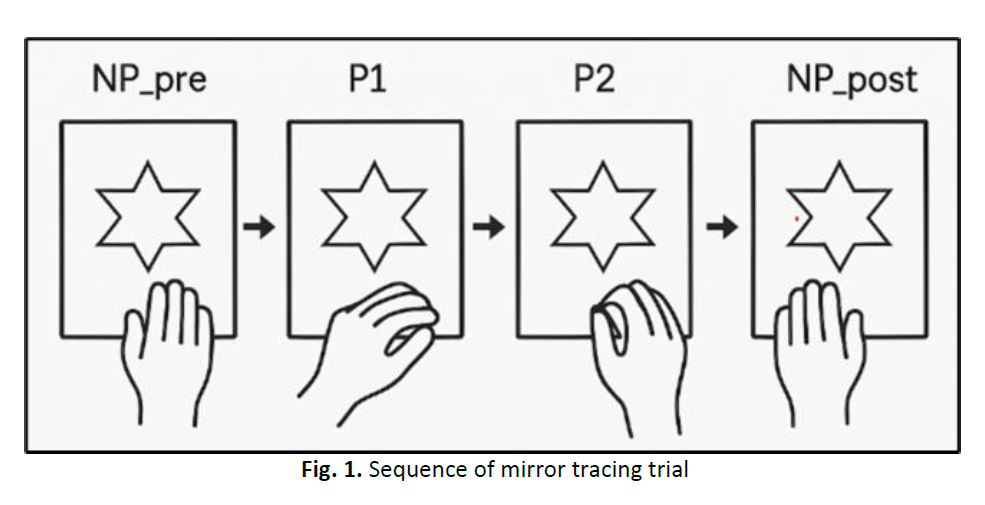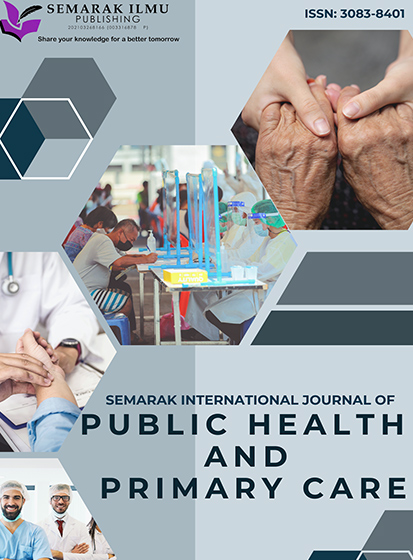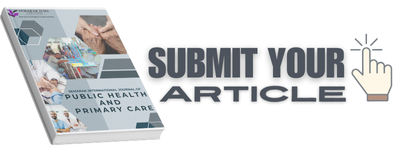Asymmetrical Bilateral Transfer of Motor Learning: Evidence from Mirror Tracing Experimental Design
DOI:
https://doi.org/10.37934/sijphpc.5.1.3138Keywords:
Bilateral transfer, motor learning, mirror tracing task, asymmetrical transfer, symmetrical transferAbstract
The concept of bilateral transfer in motor learning suggests that skill acquisition in one limb can influence performance in the contralateral limb. This phenomenon has practical implications in rehabilitation, skill training, and neuromotor re-education. However, the extent to which such transfer occurs symmetrically or asymmetrically remains a subject of empirical investigation. This study aimed to validate the presence and directionality of transfer of learning using a mirror tracing task, a visuomotor coordination activity known to reflect fine motor adaptation. Fifteen participants completed four phases of tracing tasks: initial non-preferred hand (NP_pre), preferred hand trials (P1 and P2), and final non-preferred hand (NP_post). The scoring method was based on an inverse scale of time and error (divided by 100), whereby higher scores indicate better performance. Descriptive statistics revealed a progressive increase in mean scores across trials (NP_pre = 0.97, P1 = 1.10, P2 = 1.34, NP_post = 1.53), indicating learning and transfer effects. A repeated measures ANOVA showed a statistically significant main effect of trial, F(3, 42) = 7.15, p = 0.0006, confirming differences in performance across the four conditions. Bonferroni-corrected pairwise comparisons further revealed that performance in NP_post was significantly higher than in NP_pre (p = 0.0006), P1 (p = 0.0046), and P2 (p = 0.0028). However, comparisons between NP_pre and P1 (p = 0.495) was not statistically significant after adjustment. These findings indicate that performance improvements with the preferred hand can transfer to the non-preferred hand (asymmetrical transfer), and that practice with one hand can enhance subsequent performance of the same hand after an intermanual phase (symmetrical transfer). This supports bilateral models of motor learning, including cross-activation and bilateral access frameworks. In conclusion, the mirror tracing task successfully captured both forms of bilateral transfer, reinforcing the value of structured intermanual tasks in validating neural plasticity and learning generalization.









